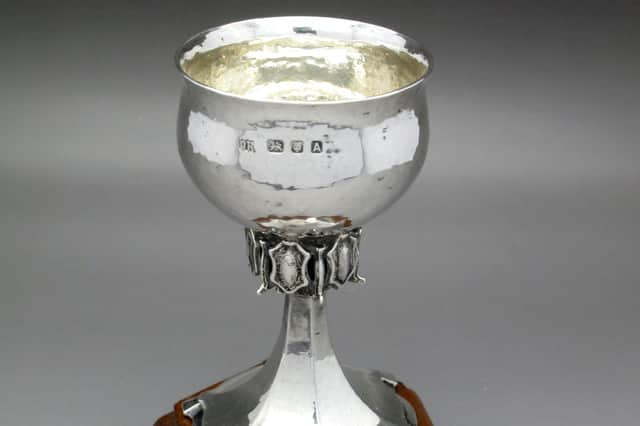Lion passant is the hallmark of quality silver says Sheffield expert


Apparently he always played with it as a small child.
Not remembering the tea service and hardly remembering the relative, he was, however, interested in it’s history and I think more importantly its value.
Sadly, I was a disappointment to him, as what looked to him like hallmarks were not and the service was silver-plated not silver.
The value therefore was greatly reduced.
Advertisement
Hide AdAdvertisement
Hide AdIn an attempt to appear interested after his letdown, he asked the question: “Well what exactly is silver and how can you tell?”
Pure silver is too soft to be practical and is therefore combined with small amounts of copper.
Ideal proportions of 925 parts silver to 75 parts copper have been used in Britain since the 13th Century and this is Sterling silver.
The use of Sterling silver is enforced by The WorshipfuI Company of Goldsmiths and Silversmiths and the proof of the purity of the metal is punched into items, making hallmarks.
Advertisement
Hide AdAdvertisement
Hide AdIn Britain, a hallmark generally consists of the Sterling mark – the lion passant – together with symbols to denote place of assay, date and maker.
Full hallmarks are present on the main body of an item and detachable parts such as lids, but part hallmarks are used for other areas such as handles, which could be separated by removing a screw or pin.
By 1300, the hallmark was made compulsory and in 1363 every silversmith had to have their own mark.
Originally the first two letters of a silversmith’s surname were used.
Then, from about 1720, the initials of the first name and surname became more common and are still used today.